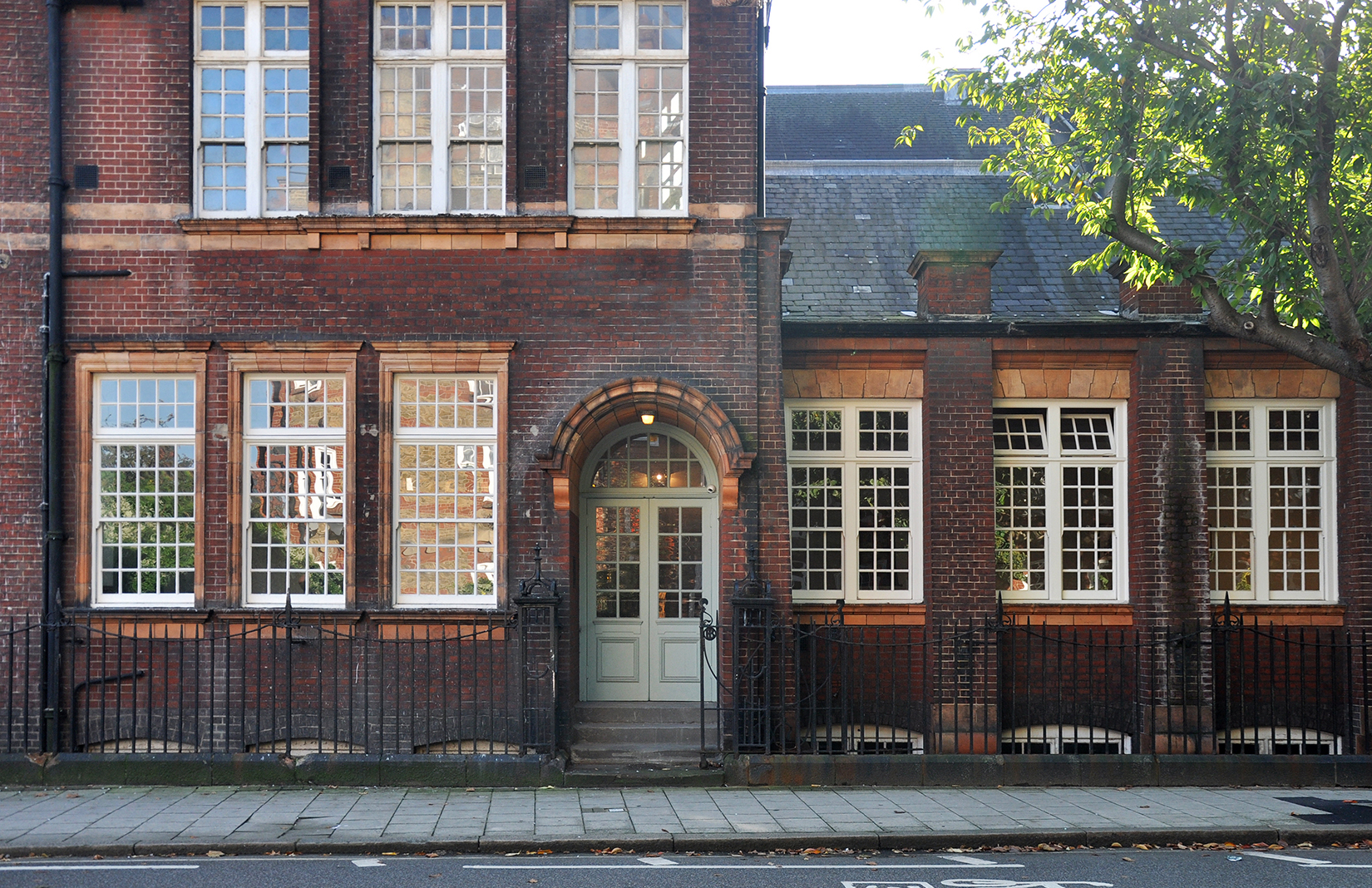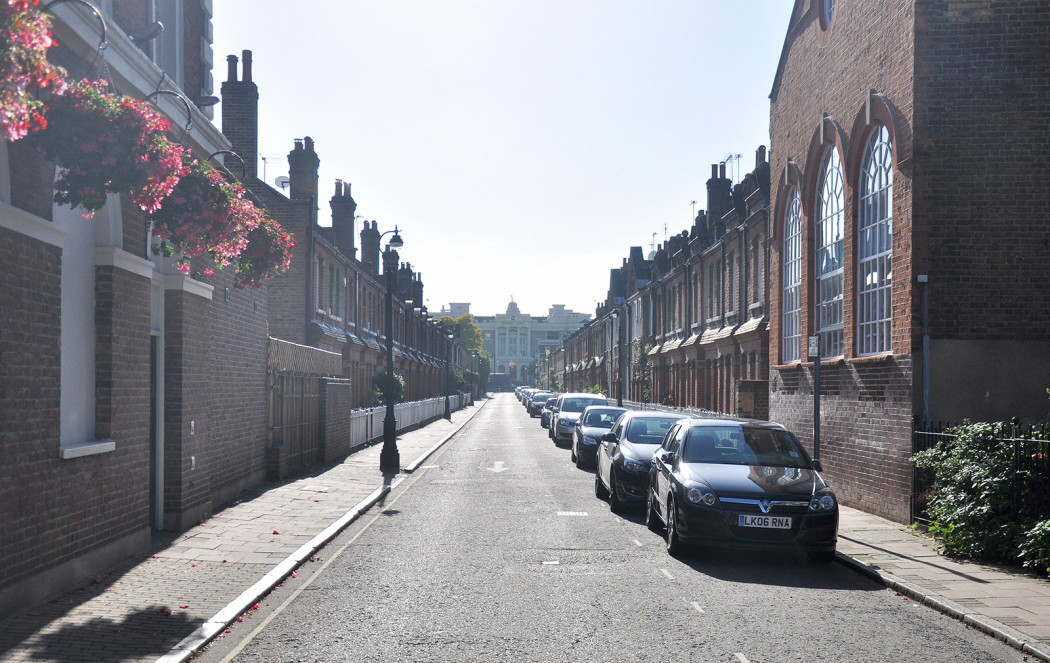
Neo-Georgian houses on Courtenay Street, built by the Duchy of Cornwall around the turn of the last century. Photography: Rosella Degori

The artist-led Gasworks gallery (alumni include Chris Ofili) opened in 1994 and relaunched in September after a £2.1m refurbishment of its Victorian building, masterminded by HAT Projects. Photography: Ioana Marinescu, courtesy of Gasworks

Gasworks has 13 studios for local and international artists, plus exhibition space on Vauxhall Street. Photography: Ioana Marinescu, courtesy of Gasworks
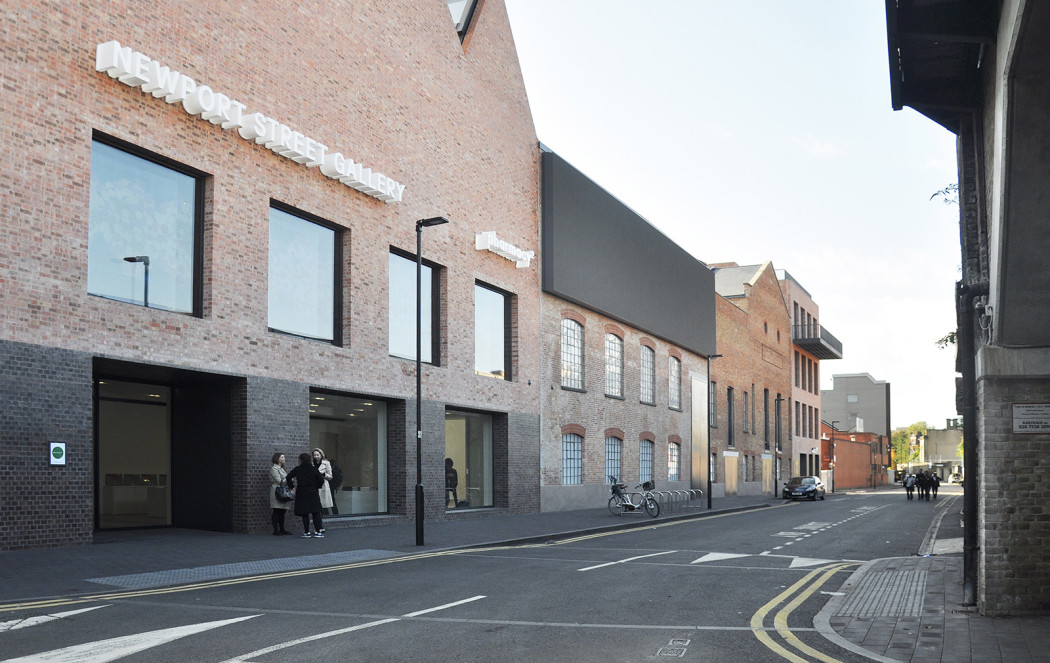
Damien Hirst’s Newport Street Gallery, designed by Caruso St John. Photography: Rosella Degori
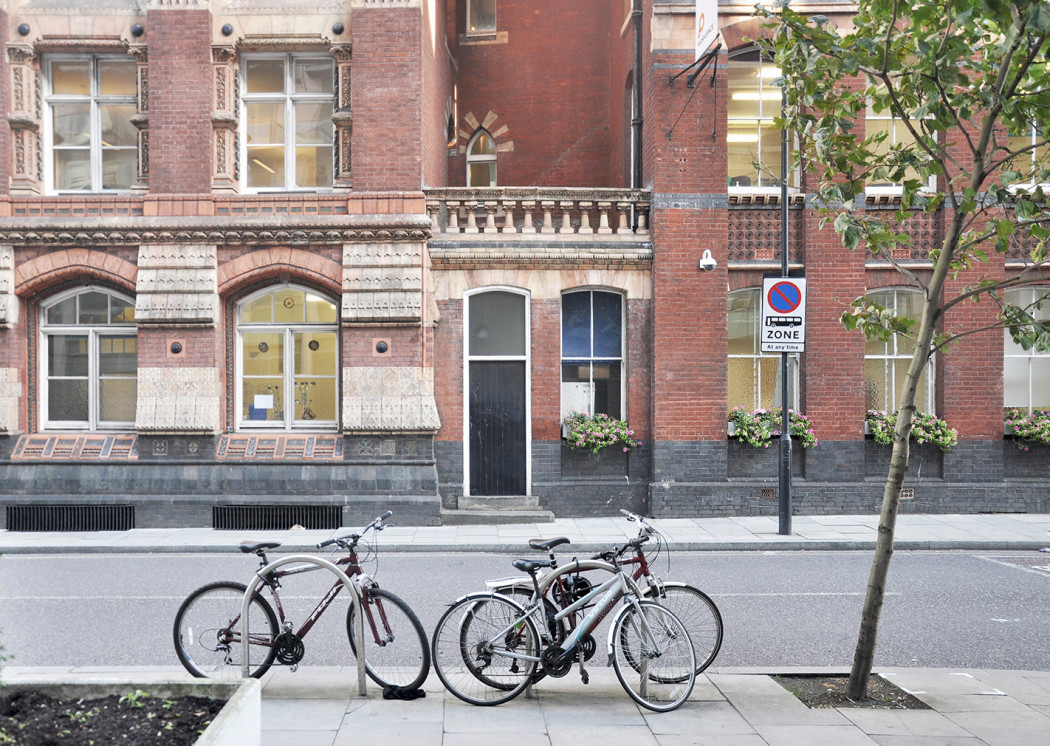
The Grade II-listed Southbank House was built as Royal Doulton’s principal office. Now it is co-working offices and studios, managed by Workspace. Photography: Rosella Degori
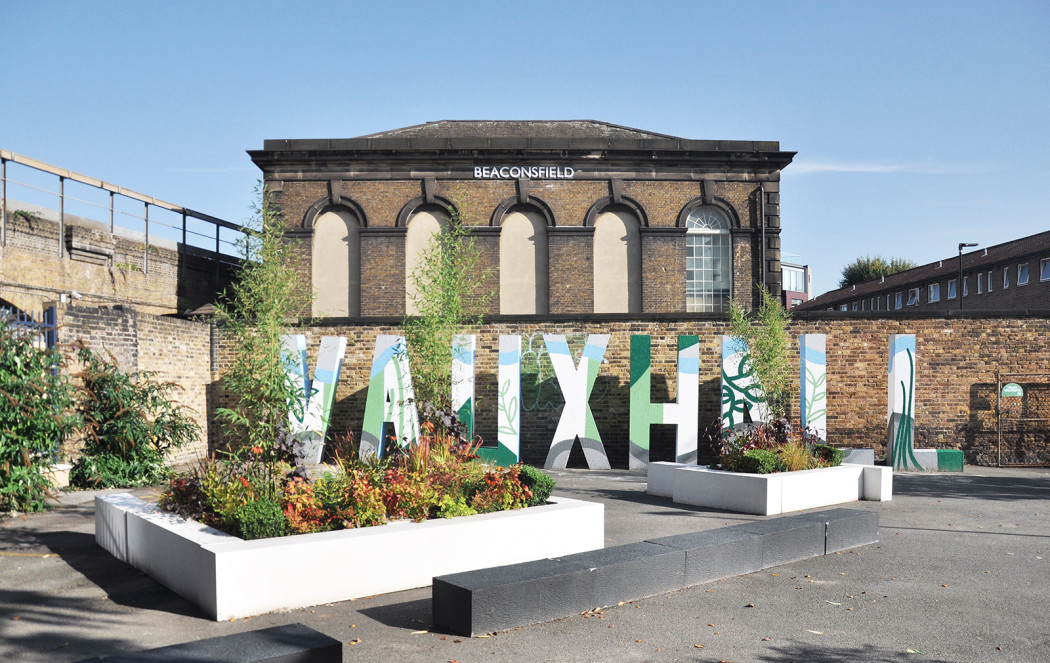
Beaconsfield Contemporary Art is a gallery/laboratory on the corner of Newport Street, and run by local artists. The area – part of Vauxhall – also takes the name of Kennington Triangle, which describes the tangle of streets sandwiched between Vauxhall, Lambeth North and Kennington tube stations. Photography: Rosella Degori
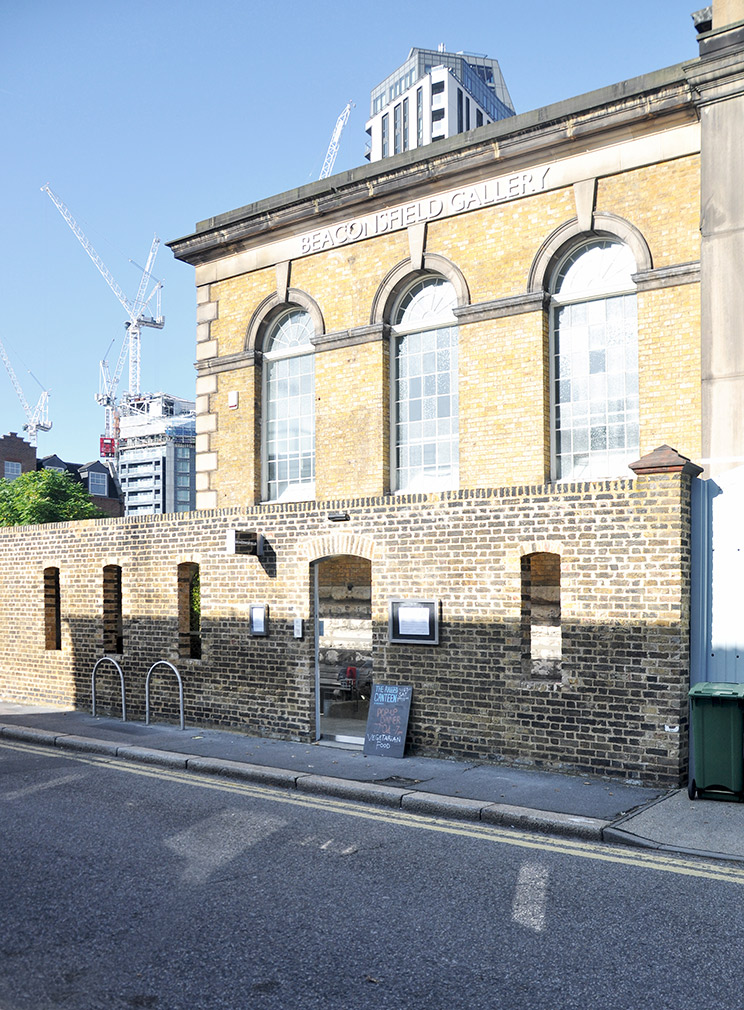
The gallery – based in the former Lambeth Ragged School – also has a vegetarian café
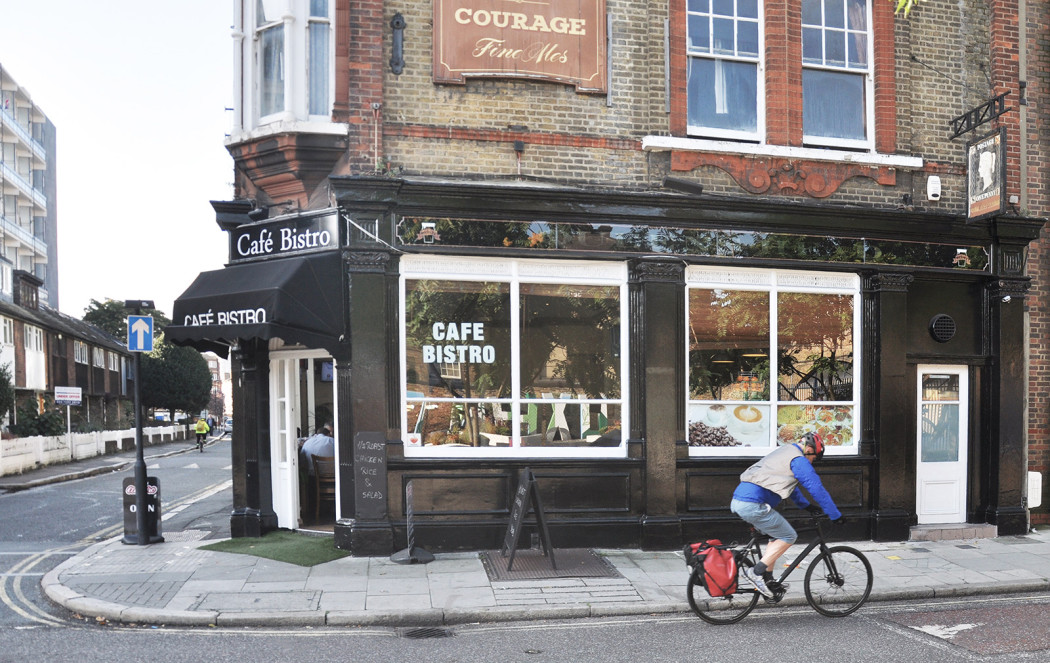
The Queen’s Head café. Photography: Rosella Degori
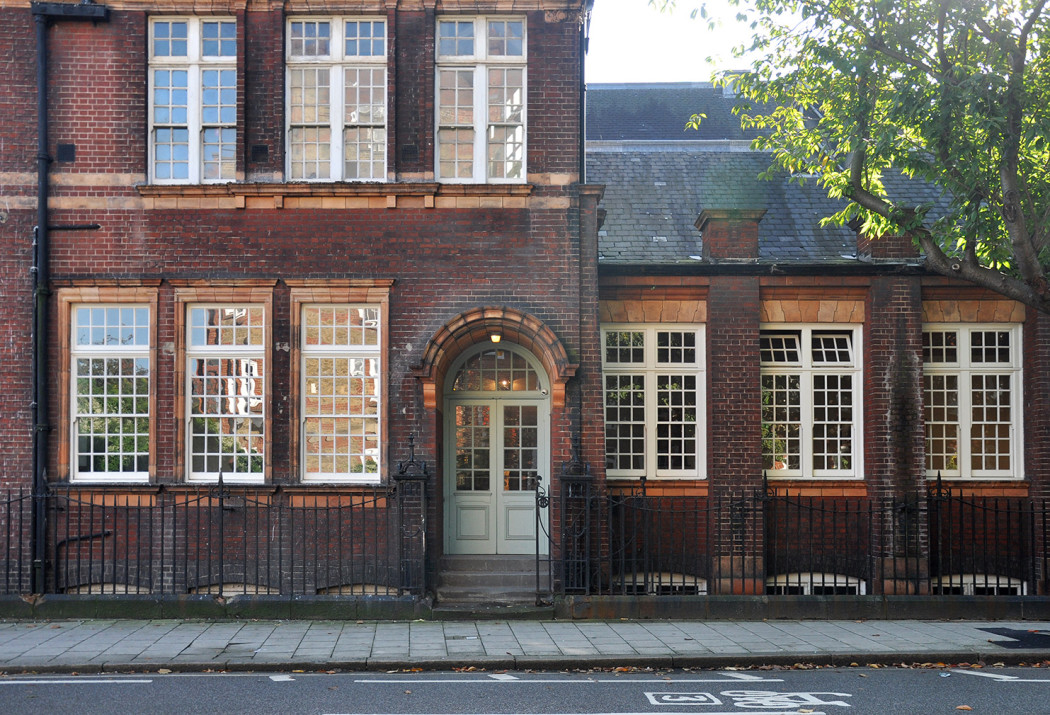
The Beaufoy Institute on Black Prince Road. Photography: Rosella Degori
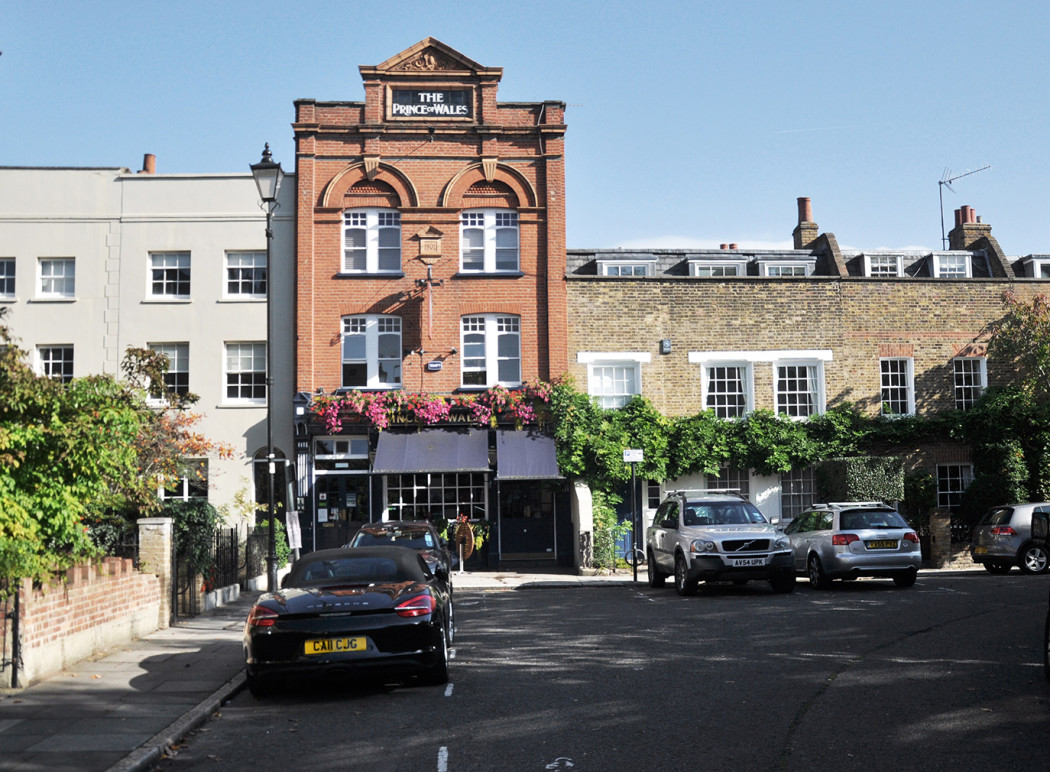
The Prince of Wales pub on Cleaver Square. Photography: Rosella Degori
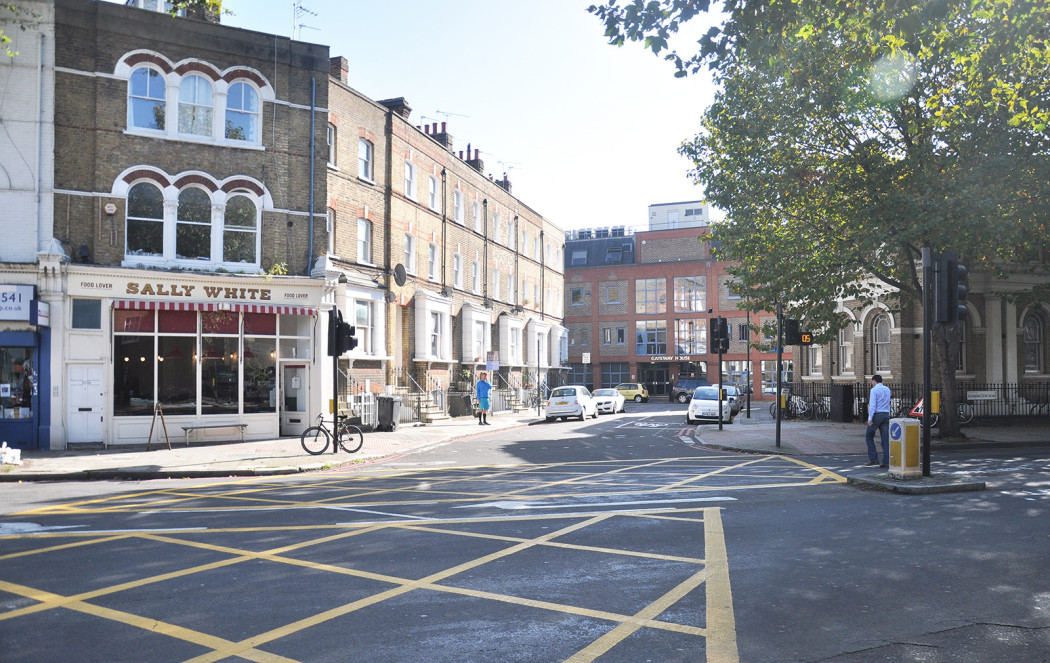
Sally White coffee shop on Kennington Road. Photography: Rosella Degori
Sandwiched between three multi-billion pound regeneration zones – Nine Elms, Elephant and Castle and Waterloo – the maze of streets between Oval, Vauxhall and Lambeth North tube stations are easy to overlook.
This area – which estate agents refer to as the Kennington Triangle – is seeing a more patchwork rebirth than its high octane neighbours, but one that is all the more interesting for it. It is becoming the area’s de facto arts hub, while a rash of new developments are breathing fresh life into old, unloved buildings.
‘It is an amazing part of central London but people don’t seem to know it,’ said Johnny Male, a director at Daniel Cobb estate agents. This is partly because, until recently, there was not a lot of private housing in the area and little in the way of amenities to attract visitors. But, as demand for housing increases, so developers have begun pouncing on brownfield sites.
Leading this regeneration-without-a-masterplan is developer Henley Homes’ £60m Baylis Old School project by Conran and Partners which has seen townhouses and flats built around a Grade II-listed post-war school building on Lollard Street which had previously been empty for a decade.
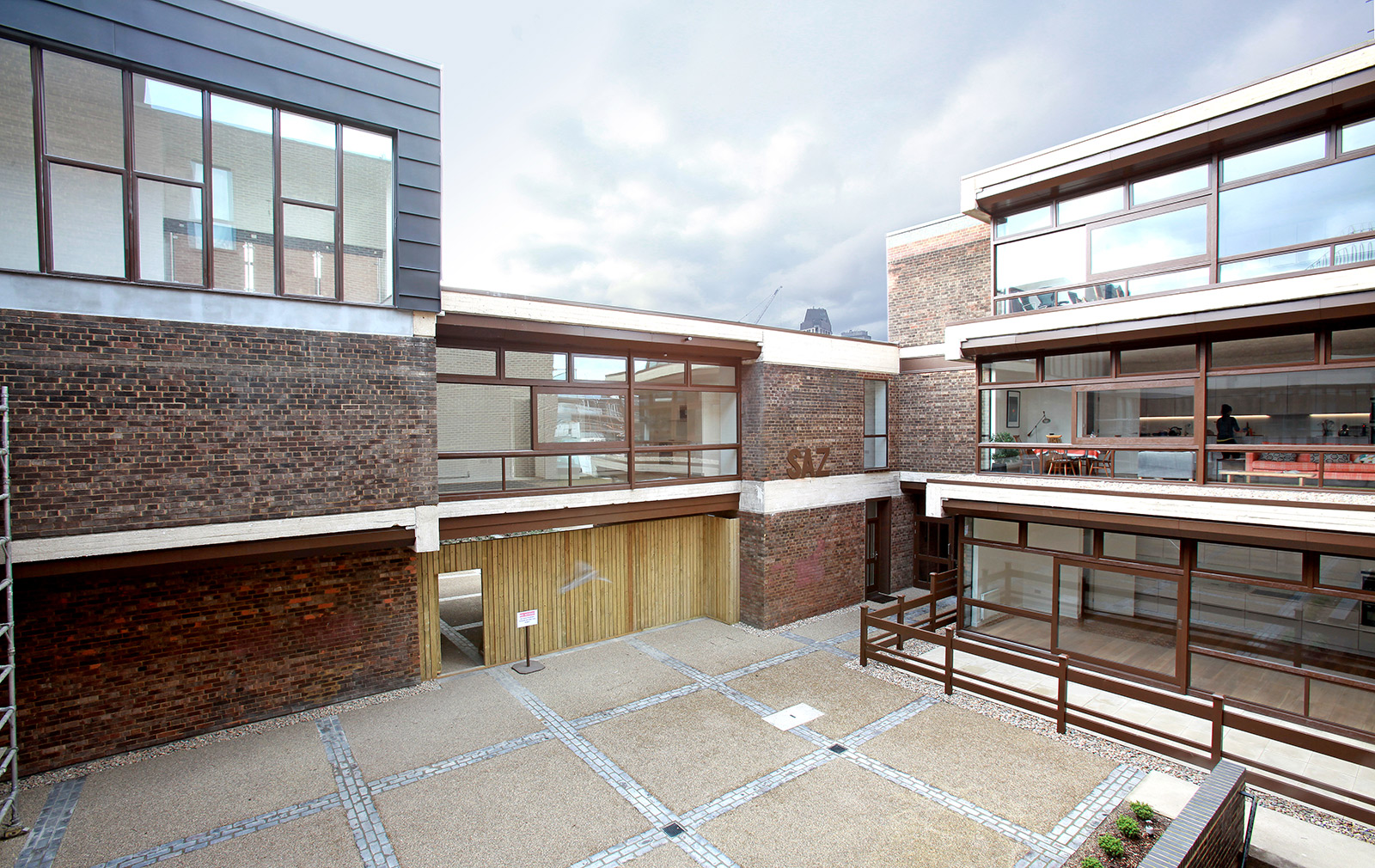
The school itself has been carved up into a series of industrial style apartments complete with bare brickwork and spectacular original windows. Launch prices in 2013 began at £399,950 for one-bedroom flats to £1.075m for four-bedroom townhouses.
Phil Kapur, senior land manager at Henley Homes, said all 149 homes sold to mainly to UK buyers – few overseas investors being willing to stray beyond prime central London.

Johnny Male points out that property in the triangle represents excellent value for money with period homes selling at around £700 to £800 per sq ft, and new build at around £1,000. Directly across the river in Westminster prices rise to around £1,300 per sq ft.
This means affluent buyers priced out of central and west London currently pay around £1.5m for a Georgian townhouse on Cleaver Square or Kennington Road, while one-bedroom flats at Imperial Court, the magnificent former headquarters of the NAAFi (The Navy, Army and Air Forces Institute), on Kennington Lane, sell for around £460,000. In the Duchy Village – a network of neo-Georgian houses around Courtenay Street built by the Duchy of Cornwall around the turn of the last century – two-to-three-bedroom houses sell for between £900,000 and £1m.
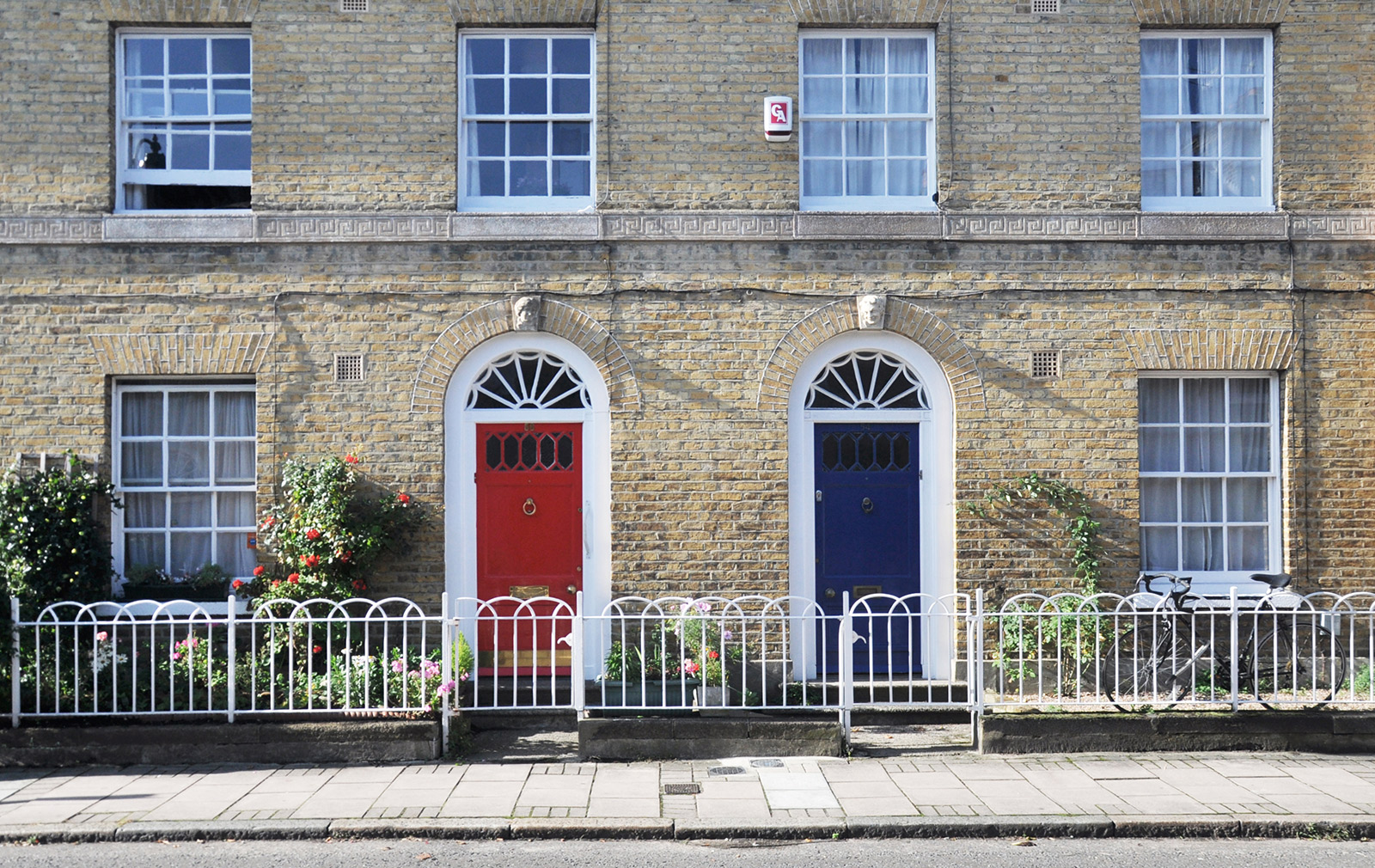
From today these residents will be able to visit Damien Hirst’s heavily hyped free art gallery on nearby Newport Street. The 37,000 sq ft space is designed by architecture firm Caruso St John, which remodelled three Victorian scenery workshops.

Meanwhile Cabinet, a commercial gallery currently based in Old Street, moves to a purpose built gallery by Trevor Horne Architects in the Vauxhall Pleasure Gardens next spring.
In fact a particularly notable feature of the triangle is its popularity with entrepreneurial artists.
This is partly thanks to the area’s proximity to several art schools. Lizzie Glendinning and Jack Bullen, both graduates of the City and Guilds Art School on Kennington Park Road, run the Brocket London gallery on Windmill Row.
However, artistic endeavour plus developer cash does not mean the triangle’s rebirth is problem free.
After the Second World War bomb sites were rebuilt with some of central London’s worst examples of low-grade social housing. This juxtaposes uncomfortably with glitzy new projects like the 27-storey The Corniche on Albert Embankment. Three-bedroom flats in the building – designed by Norman Foster for developer St James – start at £3.35m and a spokeswoman said that 94 per cent of the homes have sold in advance of completion in 2017.

Penthouses at Parliament House – another swishy new development, this time on Black Prince Road – are priced at £3m.
And of course demand for private housing is inevitably putting pressure on small businesses. The Royal Vauxhall Tavern, one of London’s oldest drag cabaret venues, was sold last year to an Australian property developer. Last month campaigners, including Sir Ian McKellan and Graham Norton, succeeded in getting it Grade II-listed which will protect the building from demolition. But beyond that its future remains shaky.
The artistic triangle
The Camera Club, established in 1885 (www.thecameraclub.co.uk) provides studio, darkroom and digital facilities to members, as well as exhibitions, from its base on Bowden Street.
The artist-led Gasworks gallery (alumni include Chris Ofili) opened in 1994 and relaunched in September after a £2.1m refurbishment of its Victorian building, which has 13 studios for local and international artists, plus exhibition space on Vauxhall Street.
The Tea House Theatre on Vauxhall Walk serves food during the day but transforms into a theatre in the evenings, hosting poetry, film and debates.
Beaconsfield Contemporary Art is a gallery/laboratory with a vegetarian café, based in the former Lambeth Ragged School, also on Newport Street, and run by local artists.
Space Station Sixty-Five is another artist-run space on Kennington Road, established in 2002.




